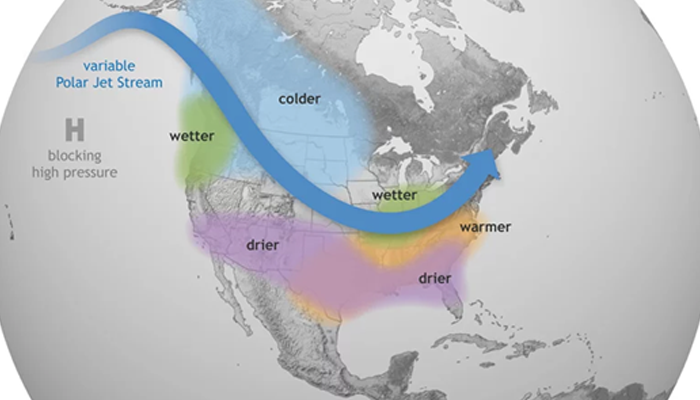Another La Nina Inbound
After a year of extreme highs and lows, drought, and late freezes, we now may be facing our third straight La Niña winter. Experts predict a 91% chance that a La Niña weather front will start this November. The odds of this weather settling in for the remainder of the winter (January-March) is much lower at 54%, but the odds still favor cold and snow to the Northwest according to NOAA's Climate Prediction Center. It seems to me that finishing out 2022 with these severe weather systems is par for the course.
Organic Hydroponics
Modern growers raise crops using various technologies; hydroponics is one popular method. The advantage of hydroponics is that crops grow without soil; they flourish year-round, use less water, and grow faster with higher yields. Although hydroponic crops generally grow in greenhouses, growers have begun growing hydroponically outdoors as well. As hydroponics have grown in popularity, an interesting issue has arisen: can hydroponic crops, which are grown without soil, be considered organic? Over the past 5 years, various decisions and legal actions involving the U.S. Department of Agriculture (USDA), Center for Food Safety (CFS), and traditional organic farmers have wrestled with whether hydroponic crops are worthy of the “organic” tag. This issue seems to have been resolved this week as the Coalition of Sustainable Organics (CSO) announced that a panel of three U.S. District Court judges in San Francisco, California affirmed the USDA’s authority to recognize and certify organic growers using hydroponic production methods.
Market Expansion
As many of you may already know, piece work expands far beyond farming, and as a company who specializes in maximizing the efficiency and fairness of piece work employees, we have been trying to expand our customer market. We are proud to announce that we now have a distributor in Louisiana who specializes in the crayfish industry. The similarities between crayfish and fruit picking piece work are quite surprising. Pickers pick lugs of blueberries, weigh them, and then get credit for the weights; workers in the crayfish industry peel crayfish, fill their bin with tails, weigh them, and get credit for the weight. We see opportunity with other seafood such as lobsters, fish processing, and any other piece rate harvesting. As we continue to look at expanding our customer market, the potential possibilities seem endless.

